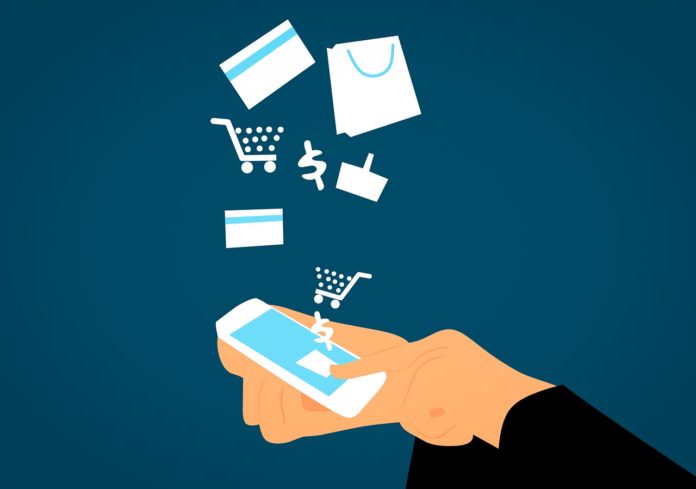Credit cards were, in the early days of the internet, the defacto method of payment for online purchases. Today, this trend is weaker than ever, with online payment systems such as PayPal and Skrill becoming just as or even more desirable.
The original dominance of credit card systems was based as much on necessity as it was on convenience. Because the online ordering of goods and services back before the new millennium was so much slower on all fronts, owing to the less-than-developed infrastructure, it made sense that credit cards, the comparatively efficient payment method, would reign supreme.
There was, quite simply, no viable alternative at the time. As more businesses entered the online sphere, this left an area ripe for exploration, from where the first ideas for online payment systems originated. PayPal was one of the first in this regard.
Founded in the late nineties, it wasn’t until the early 2000s when this online method became a real viable alternative to credit card payments.
The advantages here stemmed on three fronts. The first came from its ability to remain separate from a main bank account, effectively protecting users’ primary accounts in the case of theft. While security is much tighter today, these primitive older systems were considerably more vulnerable.
The second advantage, as with credit cards, came from the efficiency of payment. Rather than having to wait for a cheque to clear, PayPal was instant. The final primary advantage, on the front where credit cards traditionally fail, is the lack of overarching fees.
Notorious for their interest fees, credit cards are often maligned by casual users. Since these online systems effectively acted as debit cards, they mitigated this issue.
Combined, these fast, efficient, and low-cost secondary online wallets proved just as or even more useful to many online buyers than traditional cards.
In terms of the business front, there were several developments which helped raise the profile of these methods from curiosity to viable and widespread force. The most obvious, at least on the PayPal front, is the purchase by PayPal by eBay Inc. in 2002. At the time, eBay was still a revelation in online sales and adopting PayPal as a primary system gave it more time in the limelight than might have been possible with any other advertising technique.
The other side of this comes from dedicated online services such as online casinos. These offered a wide range of casino bonuses such as free spins and deposit bonuses and, owing to their dedicated payment integration, allowed easy engagement from international users. Other more traditional gaming services like Steam also adopted these payment systems, though it should be noted that their range of options is considerably smaller than what is on offer from many iGaming websites. With e-commerce showing a definite upwards trend, it shouldn’t be surprising that many users are turning to online systems over credit cards. While it should be noted that credit cards are still far too useful and ubiquitous to ever be expected to vanish, the current trajectory is one where online payment systems will take an increasingly large portion of digital sales.







